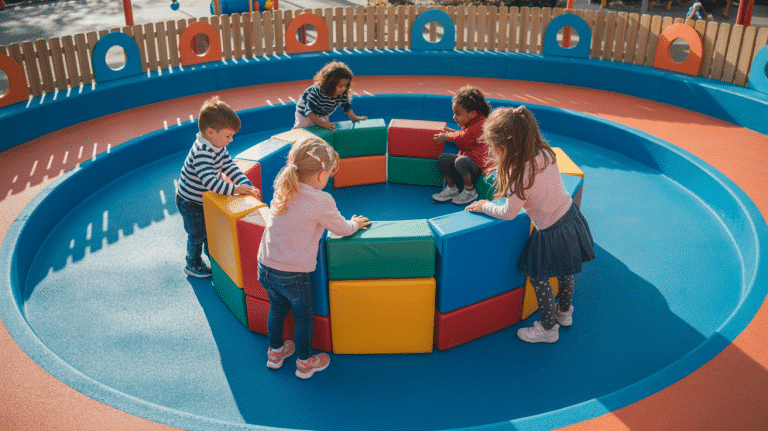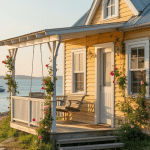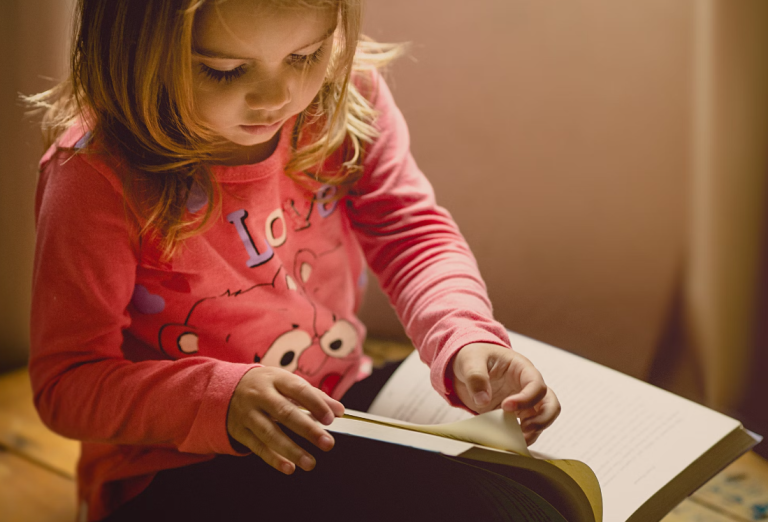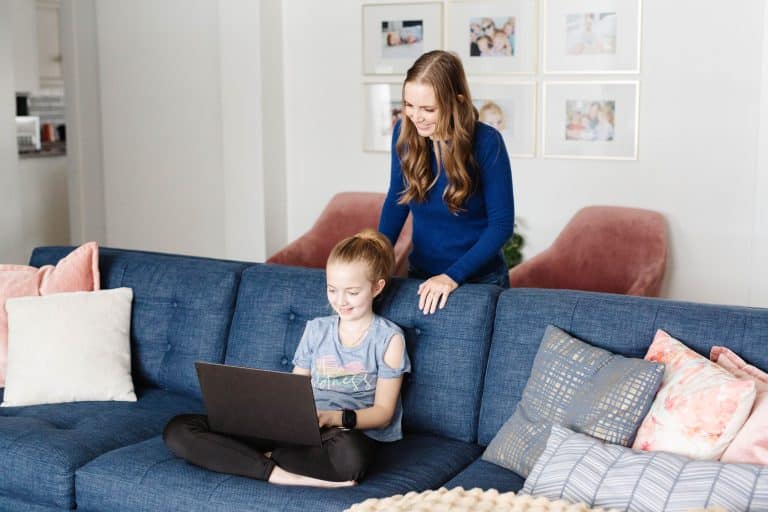The early years are crucial when it comes to kids’ development: it’s when they learn the social and emotional skills they need to become healthy adults. Schools and churches can play a critical role in teaching kids how to empathize, work with others, and resolve conflicts. For some families, these are the only places they interact with other children, or see appropriate behavior modeled by adults besides their parents.
While some of this learning happens in the classroom, during sermons, or in Sunday school, even more may happen during unstructured playtime. Lesson plans can teach “please” and “thank you,” but they can’t replicate the more complex interactions that take place in real life.
As such, school and church planners should consider how to make the most of their spaces. Here are some ways that the right playground designs can support healthy social and emotional growth.
Designing With All Populations in Mind
Fostering social and emotional growth in school and church playgrounds starts with making those playgrounds usable by everyone. That’s because one of the most important lessons young children can learn is how to include and collaborate with all different kinds of people. To develop empathy, kids need to learn to understand each other, regardless of differences in their abilities or backgrounds. Accessible and culturally inclusive playground design can make all the difference.
While many children can use standard structures like metal swing sets and monkey bars, some need more accessible options. These include adaptive swing sets, enclosed platforms, non-slip surfaces, ramps and other wheelchair-friendly elements.
When choosing themed playground sets, it’s also important to avoid designs that could offend some populations. Avoid symbols (eg. totem poles) that could be culturally appropriative without approval from these communities.
Using Sensory-Friendly and Trauma-Informed Designs

‘For example, they can incorporate both open and closed off spaces, to support kids who want to socialize, and those who’d rather hide away.
Trauma informed spaces should have soothing views of nature, so it may help to plant trees if they aren’t already abundant. You might also consider adding sound absorbing materials, to create quiet, low-stimulation areas for self-soothing. Gentler shapes and angles, and softer colors and textures can also play a role in trauma-informed design. However, the most important element in these designs is the element of choice. Give kids plenty of options to choose from.
Making Spaces for All Ages
An important part of emotional and social growth and development is interaction with a range of mixed-age groups. In these settings, younger children learn by modeling their elders, older children can learn by teaching, and children of all ages benefit from adult supervision.
Going a step further, playgrounds that encourage adults to socialize with one another provide an example for kids to emulate. It’s a far cry from seeing their parents come home from work and watch TV. How do you design for these types of mixed age-range groups? You can start by including a variety of playground structures that can appeal to many ages. For example, sand boxes and soft surfaces for toddlers, and slides and ropes courses for school-age children.
For teens, consider incorporating climbing walls, ziplines, fitness equipment and parkour courses. Finally, for adults, a variety of comfortable, accessible seating, as well as picnic tables (and perhaps a coffee cart).
Combining Creativity with Movement
Playgrounds don’t just have to be about slides, swings, monkey bars, merry-go-rounds, and other physically active elements. The best ones also engage the imagination, with themed spaces, games and puzzles, as well as opportunities to create art and music.
A playground designed to look like a jungle or a pirate ship invites collaboration, communication, and storytelling. A life-size chessboard or enormous Jenga blocks can teach creative ways of solving big problems. Musical instruments and art and expression walls also make excellent choices for fostering creative development. Consider including outdoor xylophones, chimes, and other tools kids can use to experiment with music and sound. Or, try chalkboard walls and floors, where kids can draw or write out their feelings in their favorite colors.
Try installing chalk walls with prompts or connect-the-dots puzzles to get them inspired, then let them take it from there.
Building Strong Minds, Bodies, and Characters
The memories children build on the playground will stay with them for many years to come. The skills they build and the relationships they develop during that time will also likely have a lasting impact.
To give them the best chance at forming strong social bonds and developing healthy coping skills, design for their success. Make the playground a safe space for as many kids as possible to express their feelings, get some exercise, and relax with their friends. One final note: if you’re working in a smaller space, you may have to make some more difficult choices.
For example, some urban schools and churches only have a small outdoor patio or enclosed rooftop space to work with. For these settings, consider modular structures where pieces can be swapped in and out over the years. It’s a good way to keep things fresh when you can’t necessarily do everything all at once.










